Top Email Marketing Mistakes to Avoid in 2024
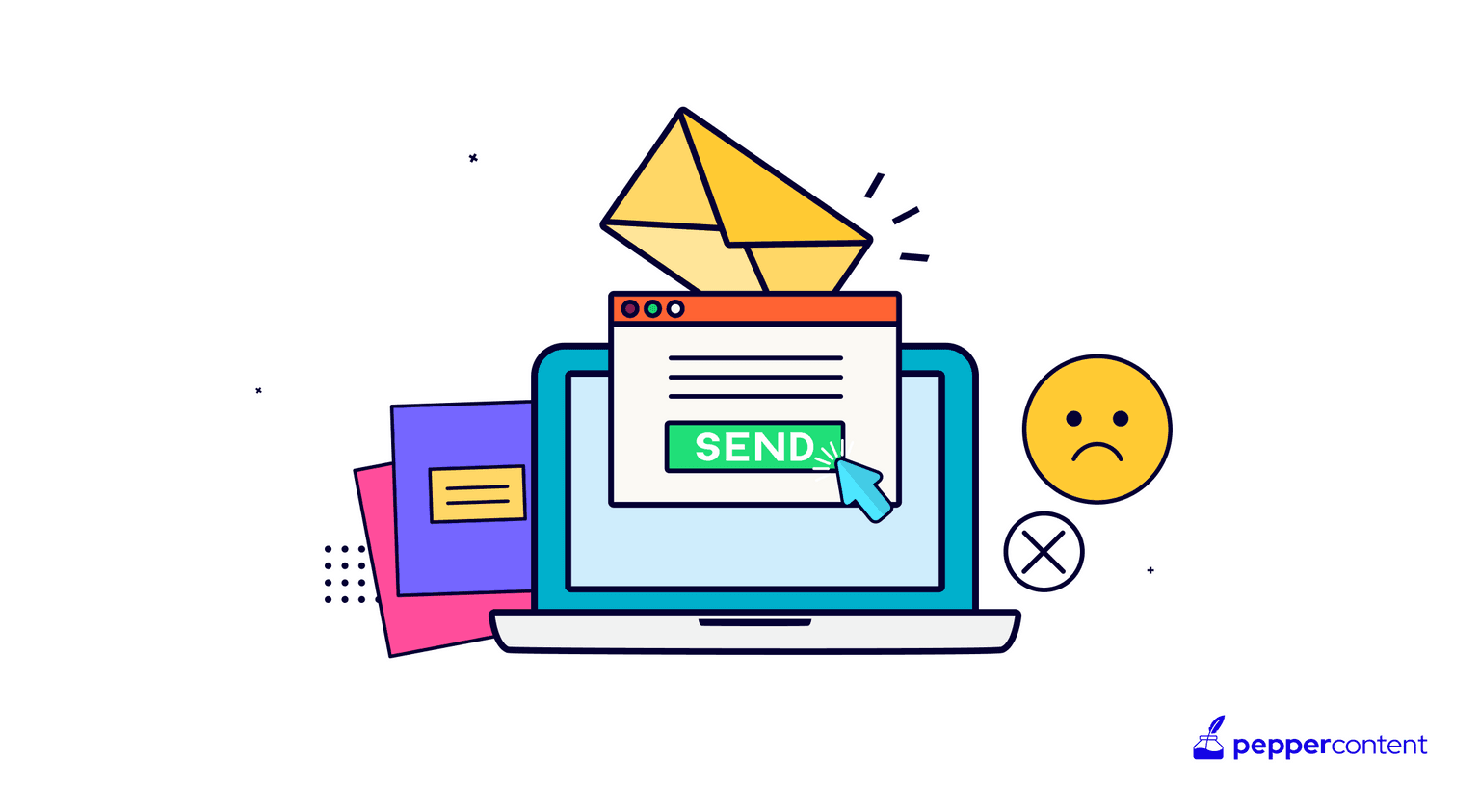
Email marketing is vital for businesses to connect with their audience, build brand loyalty, and drive conversions. However, it’s easy to make common email marketing mistakes that can sabotage your efforts and hinder your success. Studies have shown that the average email open rate is just 17.8%, highlighting the need for marketers to optimize their strategies and avoid these pitfalls.
In this ultimate guide, we will explore the most common email marketing mistakes and provide practical tips to help you avoid them. Whether you’re new to email marketing or a seasoned pro, these insights will ensure that your campaigns are effective and deliver the desired results.
8 Common Email Marketing Mistakes to Avoid
1. Neglecting Segmentation
One of the most significant email marketing mistakes to avoid is neglecting segmentation. Every subscriber on your email list has unique interests, preferences, and needs. By segmenting your list based on demographics, interests, or past interactions, you can tailor your messages to specific groups of subscribers.
Take Netflix, for example. The streaming giant uses personalized recommendation emails to engage its users. By analyzing their viewing history and behavior patterns, Netflix delivers tailored content suggestions directly to their subscribers’ inboxes. This approach has resulted in a 30% increase in user engagement.
To avoid the common mistake of neglecting segmentation, take the time to understand your audience and group them into meaningful segments. This way, you can deliver relevant content that resonates with each subgroup’s specific needs and interests.
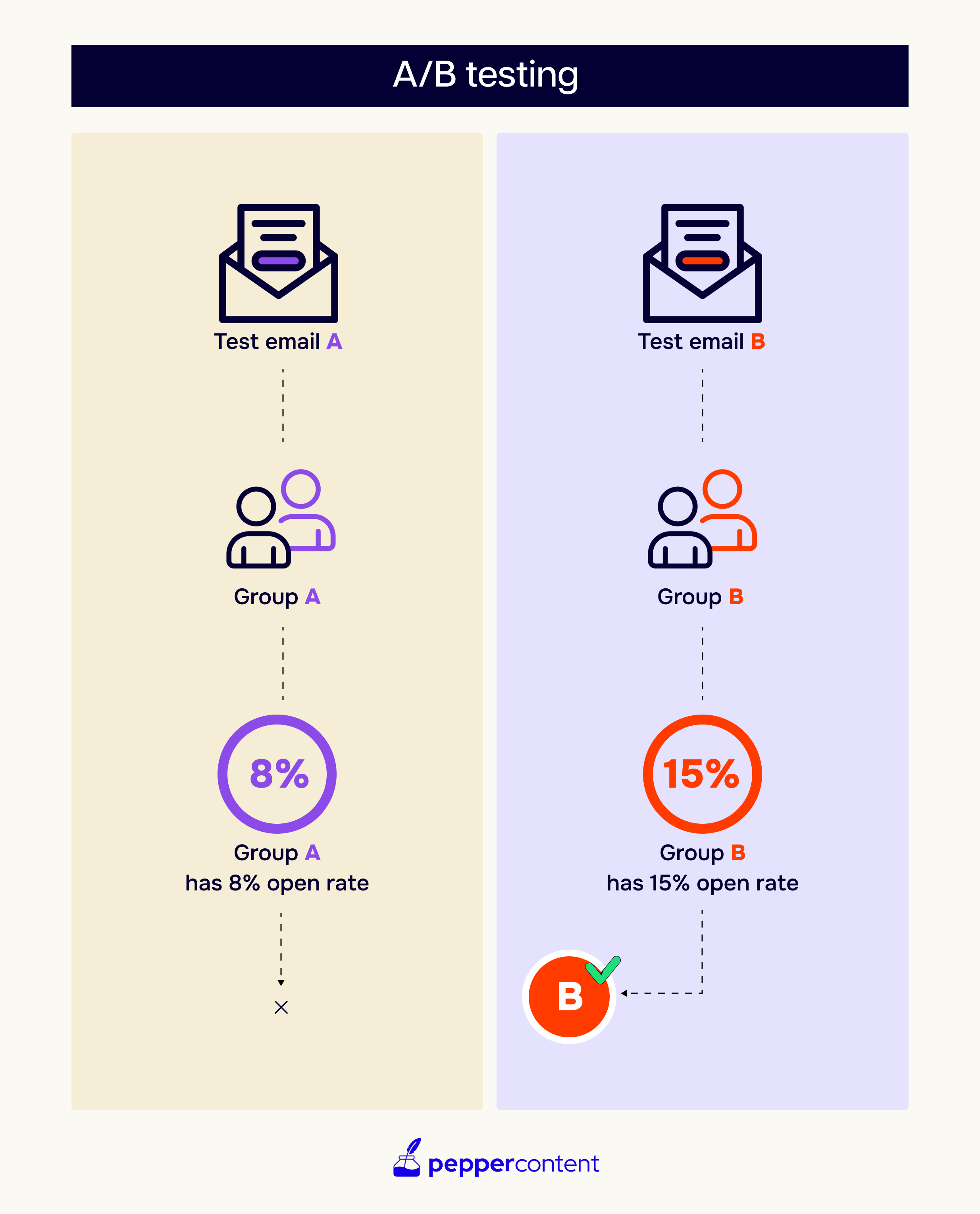
2. Lack of Personalization
When it comes to email marketing, one size does not fit all. In this digital age, customers expect personalized experiences tailored to their individual needs and preferences. Neglecting personalization in your email campaigns can be a serious mistake, as it can lead to disengaged subscribers and missed conversion opportunities.
Personalization is key to enhancing customer relationships and driving conversion rates. By delivering relevant content that speaks directly to each subscriber, you show them that you understand their unique interests and needs. This fosters a sense of connection and builds trust, increasing the likelihood that they will engage with your emails and take the desired action.
Take Amazon, for example. Their product recommendation emails have been incredibly successful in boosting sales. By analyzing customer browsing history and purchase behavior, Amazon sends personalized recommendations that are tailored to each individual’s preferences. This approach has resulted in a 29% increase in sales.
To achieve similar success, consider incorporating dynamic content based on user preferences in your email templates. Showcasing products or services that align with their previous purchases or browsing history can significantly improve click-through rates. By providing personalized recommendations or exclusive offers, you create a sense of exclusivity and value for your subscribers.
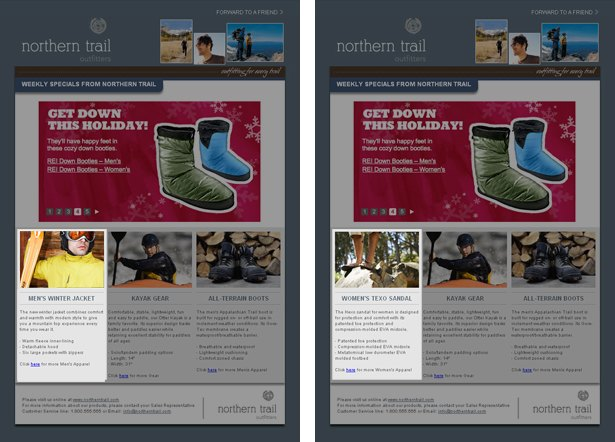
By personalizing your emails, you demonstrate that you value your subscribers as individuals and are committed to meeting their needs. This level of care and attention can go a long way in building customer loyalty and driving conversions.
3. Poor subject lines
Subject lines are the first thing recipients see when they receive an email. They have the power to make or break the success of your email marketing campaign. Crafting compelling subject lines is crucial to grabbing recipients’ attention and enticing them to open your emails. After all, what good is a well-crafted email if it never gets opened?
Let’s take a look at Airbnb’s successful A/B testing for subject lines. According to a study by Litmus, Airbnb saw a remarkable 41% increase in open rates by experimenting with different subject lines. By testing various subject line variations, Airbnb was able to identify which ones resonated best with their audience.
To create effective subject lines, it’s important to understand your target audience and what motivates them. Think about what would make them curious, excited, or intrigued enough to click on your email.
Consider using personalized subject lines that speak directly to the recipient. Personalization makes the recipient feel valued and increases the likelihood of opening the email. For example, including the recipient’s name or referencing their past interactions can make a subject line more compelling.
Another strategy is to create a sense of urgency or exclusivity in your subject lines. Phrases like “Limited Time Offer” or “Exclusive Access” can spark curiosity and prompt recipients to open the email for fear of missing out.
Using action-oriented language in your subject lines can also be effective. Encourage recipients to take action by using verbs like “Discover,” “Explore,” or “Shop.” These words create a sense of excitement and make the recipient feel like there is something valuable waiting for them inside the email.
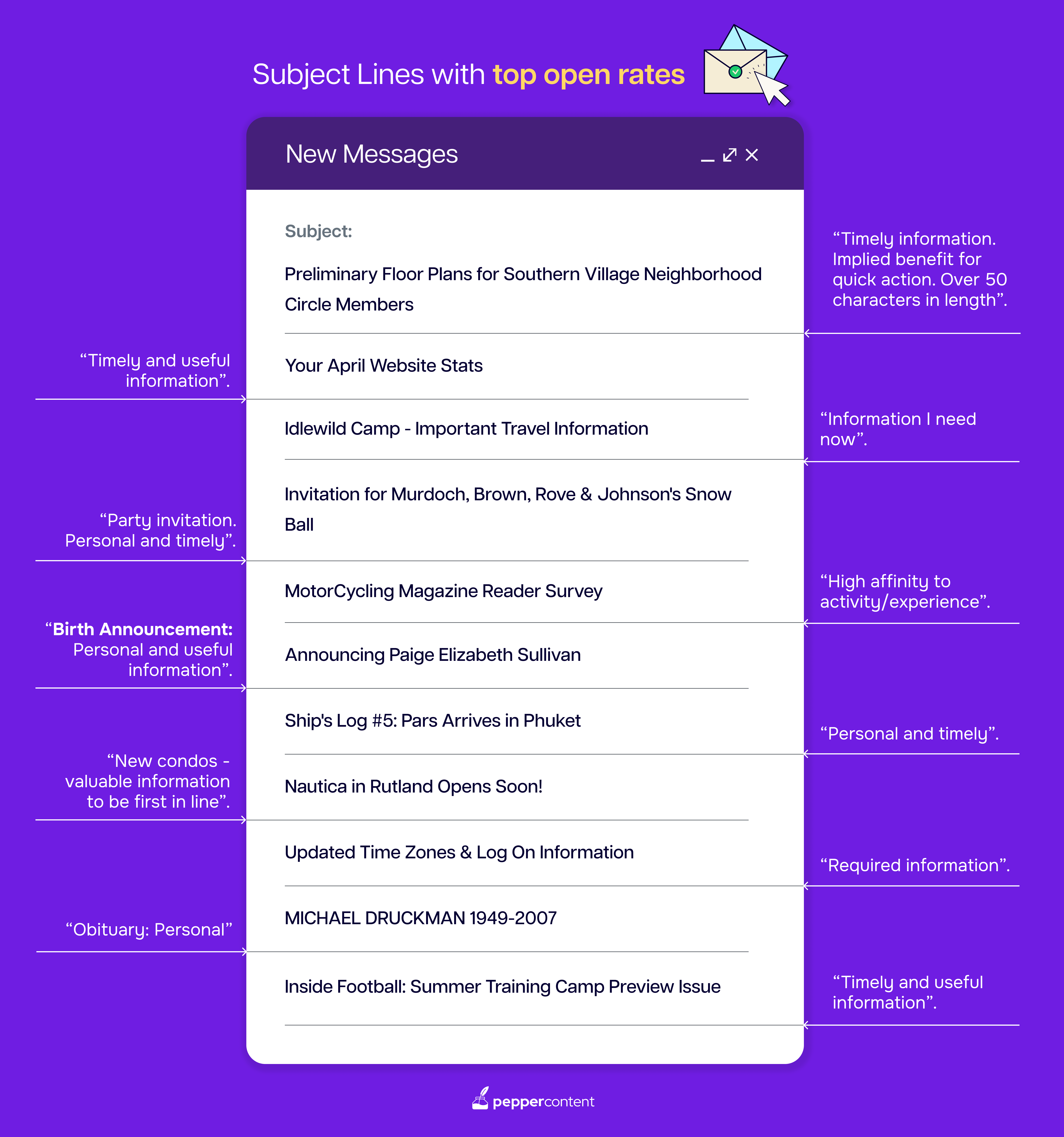
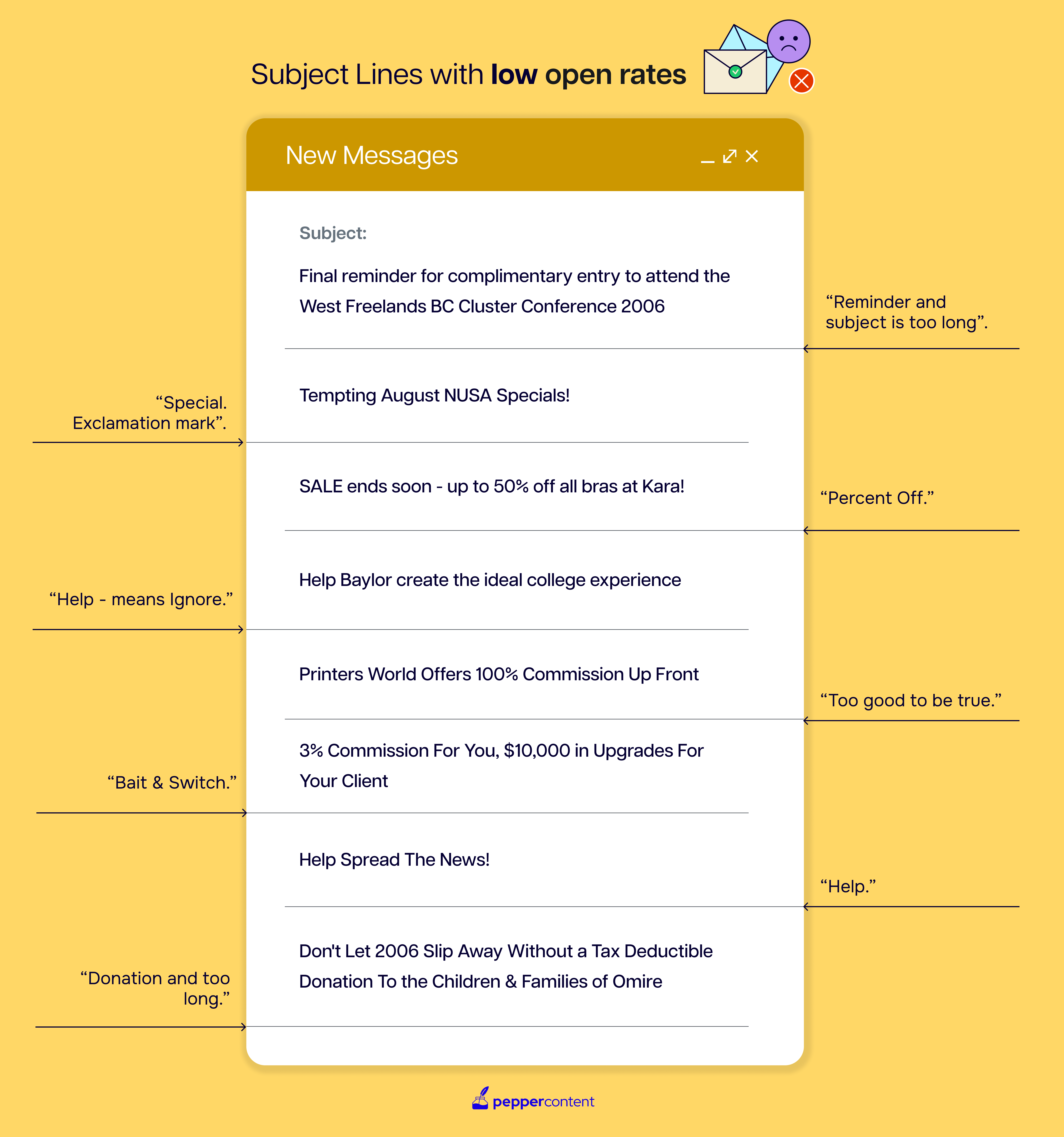
4. Neglecting Mobile Personalization
The rise of smartphones has revolutionized the way we consume information. Nowadays, it seems like everyone has a mobile device glued to their hand, using it to check emails, browse the internet, and connect with others. In fact, according to a study by Campaign Monitor, 53% of emails are opened on mobile devices. That’s more than half of your audience engaging with your content on their phones!
So, what does this mean for email marketers? Neglecting mobile optimization is one of the most common email marketing mistakes that can have a significant impact on your campaign’s success. If your emails aren’t responsive and user-friendly on mobile devices, you risk losing out on potential customers and damaging your brand reputation.
Take Starbucks as an example. They understand the importance of mobile optimization and have built a strong email marketing strategy around it. Their emails are not only visually appealing but also responsive across various screen sizes. Whether you open their email on a desktop or a smartphone, you’ll have a seamless and enjoyable user experience.
By prioritizing mobile optimization, Starbucks ensures that its customers can easily navigate through their emails, click on enticing offers, and make purchases without any frustrations. This level of convenience increases customer engagement and boosts conversion rates.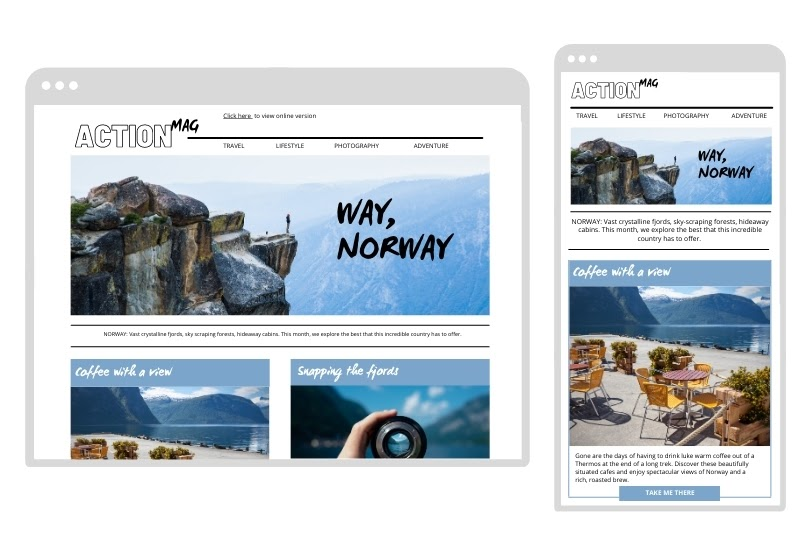
5. Too Many CTAs
Imagine receiving an email that bombards you with multiple calls-to-action (CTAs) in one go. Buy this, sign up for that, download now, and subscribe here. It’s overwhelming, confusing, and frankly, annoying. This is a classic example of a common email marketing mistake: too many CTAs.
When you cram multiple CTAs into a single email, you risk diluting your message and confusing your recipients. Instead of focusing on one clear action, they’re left with a multitude of choices. Research shows that overwhelming your audience with options can lead to decision paralysis and ultimately result in lower conversion rates.
Uber, the ride-hailing giant, learned this the hard way. They were bombarding their users with emails that had multiple CTAs, making it difficult for customers to know what action to take next. Realizing their mistake, Uber streamlined their email strategy by using a single focused CTA. The result? A staggering 34% increase in conversions.
By simplifying their emails and guiding their users towards one specific action, Uber was able to eliminate confusion and increase the likelihood of conversion. They showed that less is indeed more when it comes to CTAs in email marketing.
So how can you avoid this mistake? Keep your emails focused on one main goal or objective. Clearly communicate the desired action you want your recipients to take and make it easy for them to do so. By simplifying your email content and highlighting a single CTA, you can create a clear path for your audience to follow.
Remember, in the world of email marketing, simplicity and clarity reign supreme. Don’t overwhelm your recipients with too many CTAs; instead, guide them toward one specific action that aligns with your campaign’s objective.
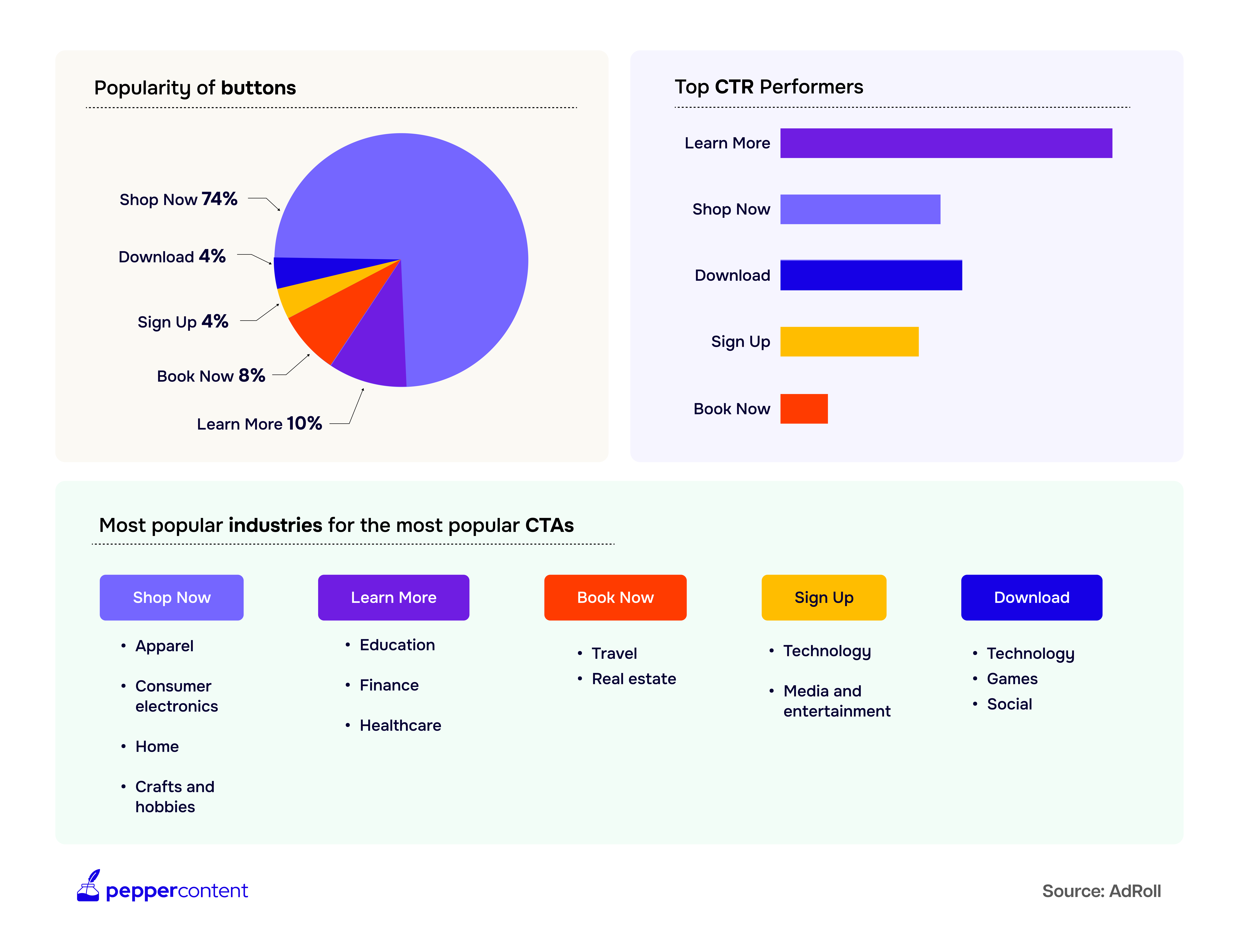
6. Lack of Email Automation
Manually sending every email in your campaign is a missed opportunity. Email automation revolutionizes how you connect with your audience, sending timely, tailored messages based on specific triggers or customer actions. For instance, it can automatically send a welcome email series to new subscribers or reminder emails to customers who abandon their shopping carts.
Email automation isn’t just about saving time; it’s about strategically nurturing leads and deepening relationships. By aligning content with subscriber interests and their position in the sales funnel, it enhances personalization and engagement. Imagine a scenario where a customer browses your website but leaves without purchasing. An automated system can detect this and send a customized email with a special offer or reminder, perhaps even using a QR Code Generator by Uniqode to link customers to exclusive mobile experiences or promotions in the email itself.
This approach is efficient and effective. Automated emails reach subscribers exactly when most relevant, increasing the likelihood of engagement and conversion. You can track these interactions, gaining insights to refine your strategy further. Embracing email automation means delivering personalized content at scale, boosting engagement, and positively impacting your business’s bottom line.
7. Inconsistent Branding
When it comes to email marketing, consistency is key. One of the most common email marketing mistakes that brands make is neglecting consistent branding across their email communications. But why is consistent branding so important? Well, let me break it down for you.
First and foremost, maintaining consistent branding helps to create brand recognition. When recipients open an email from your brand, they should immediately recognize it as yours. Consistent use of your brand’s color schemes, logos, fonts, and overall design elements reinforces your brand identity and fosters trust with your audience.
Take Coca-Cola as a prime example. The iconic red and white color scheme along with the classic Coca-Cola logo are instantly recognizable worldwide. Whether it’s a holiday-themed email or a product promotion, Coca-Cola’s emails consistently reflect its brand image. This cohesive branding strategy has not only helped them stay top-of-mind with consumers but has also contributed to their immense success in the market.

To visualize the power of consistent branding in emails, imagine a collage showcasing different emails from Coca-Cola campaigns. You’ll notice that no matter the purpose or content of the email, the color schemes, logos, and overall design elements remain consistent throughout. This visual representation serves as a reminder that maintaining brand consistency across all email communications is crucial for building brand recognition and trust.
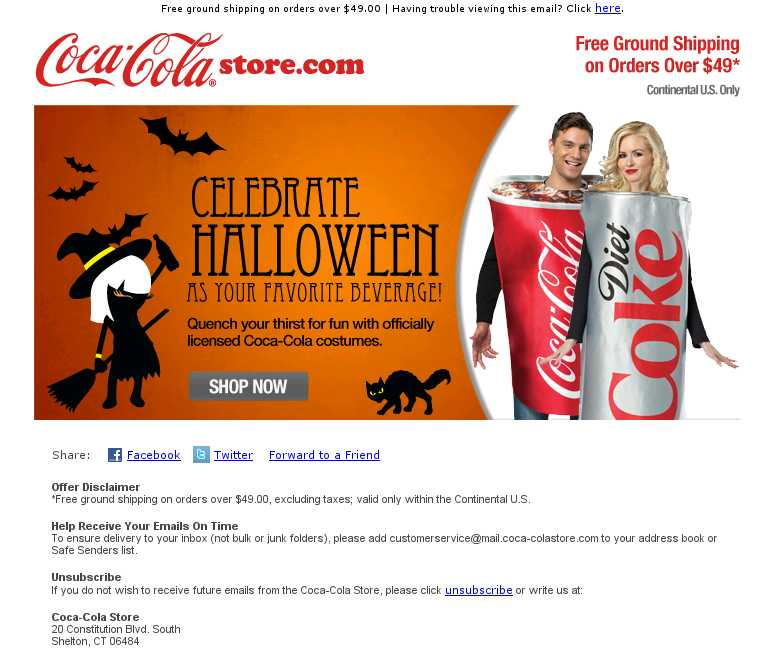
So, when crafting your next email campaign, make sure to keep your branding consistent throughout. Your audience will appreciate the familiarity and trust that comes with seeing a well-branded email in their inbox.
8. Ignoring Analytics and Testing
When it comes to email marketing, the journey doesn’t end after hitting that send button. That’s just the beginning. And if you make the mistake of neglecting analytics and testing, you might as well be shooting arrows in the dark.
Analyzing email campaign metrics and conducting A/B tests are crucial steps in optimizing your email marketing strategy. By diving deep into the data and paying attention to what works and what doesn’t, you can make informed decisions that will ultimately lead to better results.
Let’s take HubSpot as an example. They understand the importance of constantly improving their email campaigns. By analyzing their newsletter’s click-through rates, they were able to identify areas for improvement. They discovered a simple change in the format and layout of their newsletter resulted in a staggering 12% increase in click-through rates. That’s a significant boost!
But how did they do it? Well, they didn’t rely on guesswork or assumptions. Instead, they conducted A/B tests to compare different versions of their newsletter and see which one performed better. By testing different subject lines, visuals, and calls-to-action (CTAs), they were able to discover what resonated with their audience and adjust accordingly.
To showcase its success, HubSpot created a line graph displaying open rates over time. Accompanied by annotations pointing out the changes made based on findings from A/B testing, this graph serves as a visual testament to the power of analytics and testing.
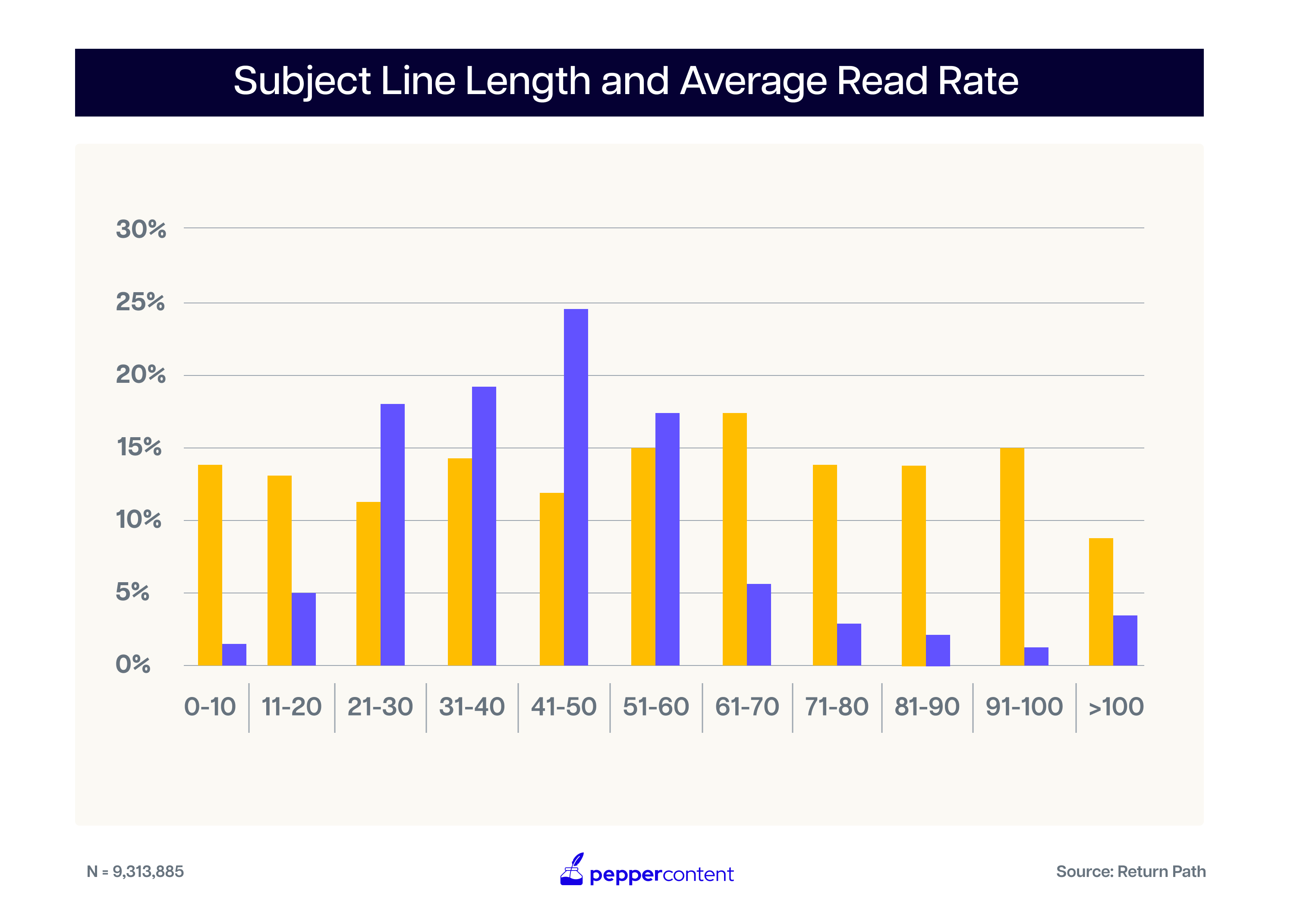
By now we have explored some of the most common email marketing mistakes to avoid. Now it’s time for you to put these tips into action! Implement these points in your email marketing strategies and watch your results soar. Happy emailing!
Looking for top-notch, well-optimized content? Don’t forget to check out Pepper Content’s writing services.
Latest Blogs
Explore how Google’s 2025 AI search updates triggered ranking chaos. Learn actionable strategies to adapt your SEO for AI Overviews, zero-click searches, and SERP volatility. Stay ahead now.
Learn how to rank on AI search engines like ChatGPT, Perplexity, and Gemini by optimizing your content for authority, structure, and relevance. Stay ahead in AI-driven search with this strategic guide.
Explore the best healthcare SEO services for your medical practice. Improve online visibility and effectively reach more patients in need of your services.
Get your hands on the latest news!
Similar Posts
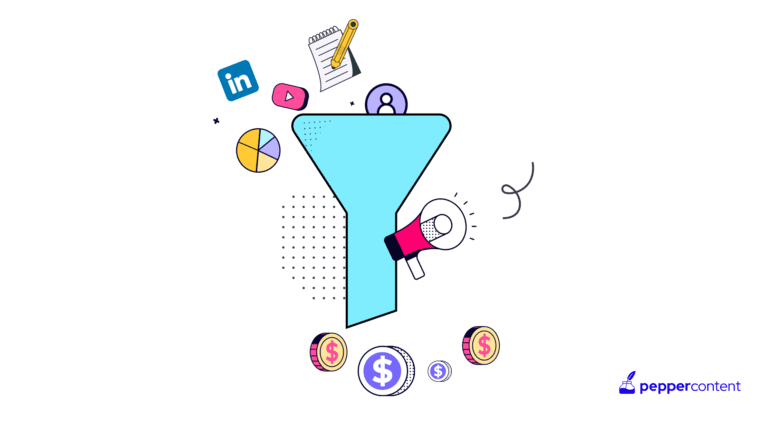
Demand Generation
8 mins read
Mastering the Art of Building an Effective Content Marketing Funnel in 2024
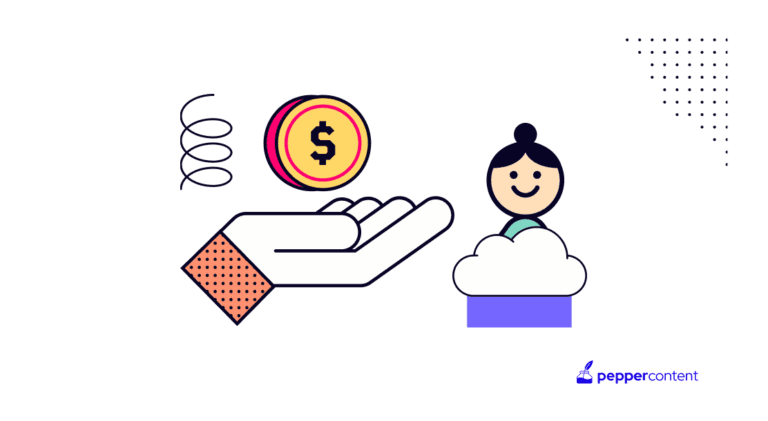
Demand Generation
6 mins read
Fueling Demand Generation: How Buyer Personas Catapult Your Content Marketing Strategy

Demand Generation
8 mins read